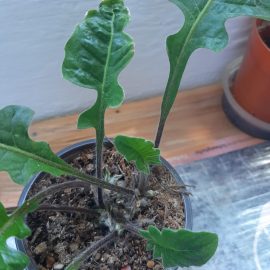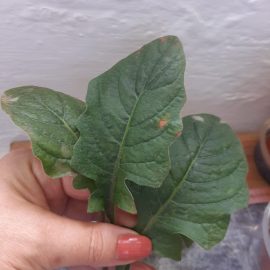Gerbera, plant care and growing guide
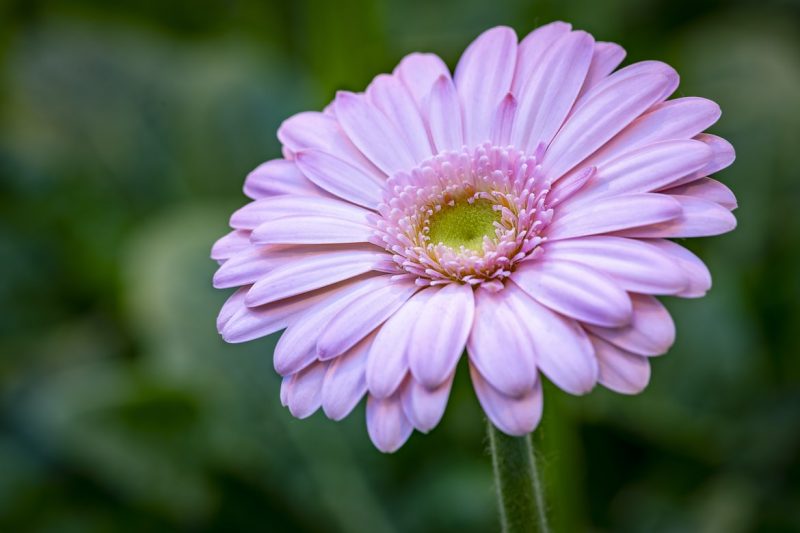
Gerbera spp. is a genus of ornamental, perennial plants in the Asteraceae family, native to the tropics of South America, Asia, and Africa. At the base of the stem, there is a rosette of slightly fluffy, dark green leaves. At the top of the stem, there is a voluminous inflorescence, made up of flowers with one or two rows of petals colored in yellow, orange, pink, white, or red. Gerbera is grown especially in greenhouses for bouquets, but can also be used as a houseplant.
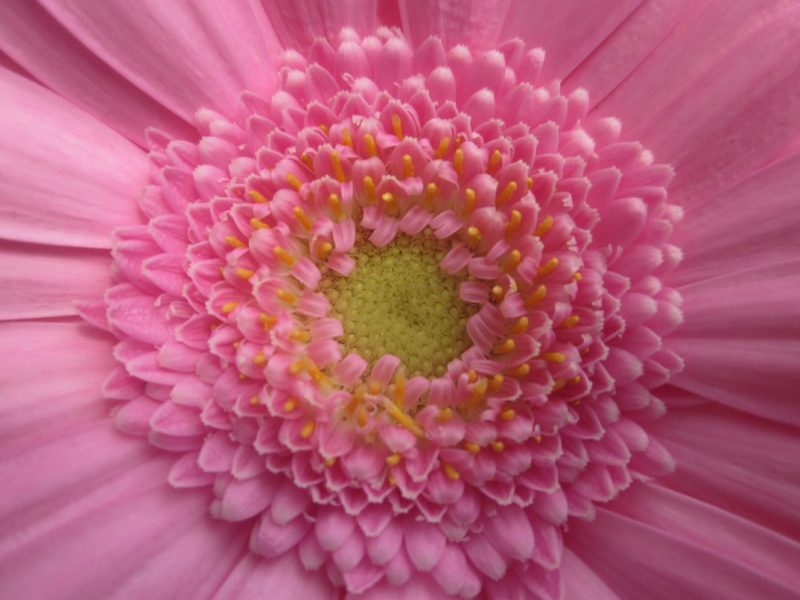
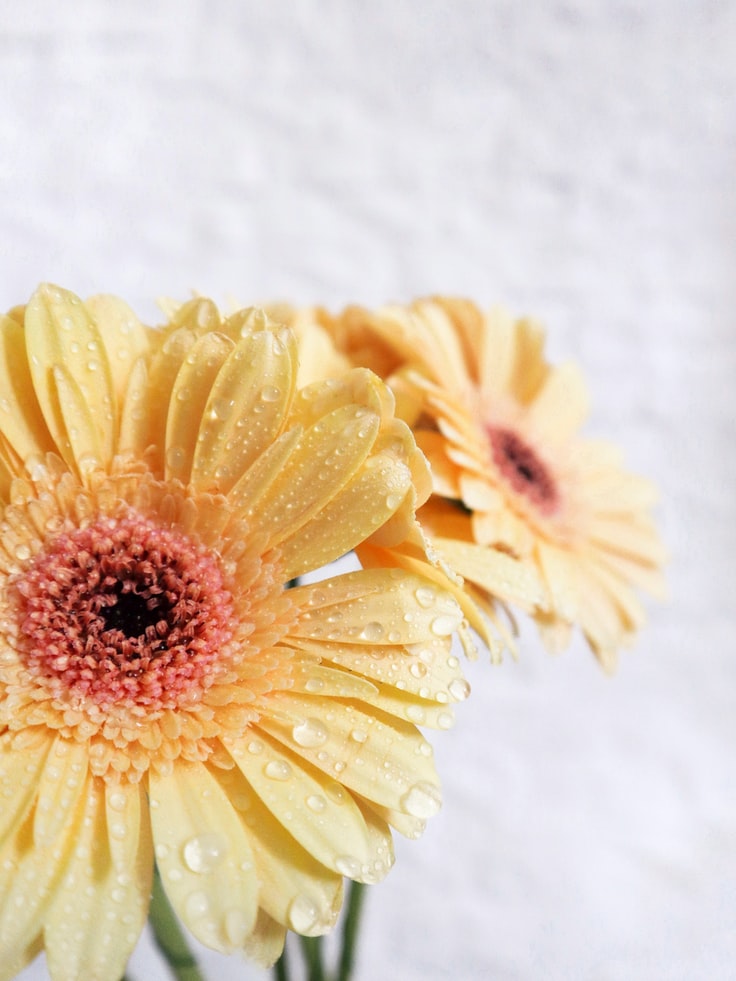
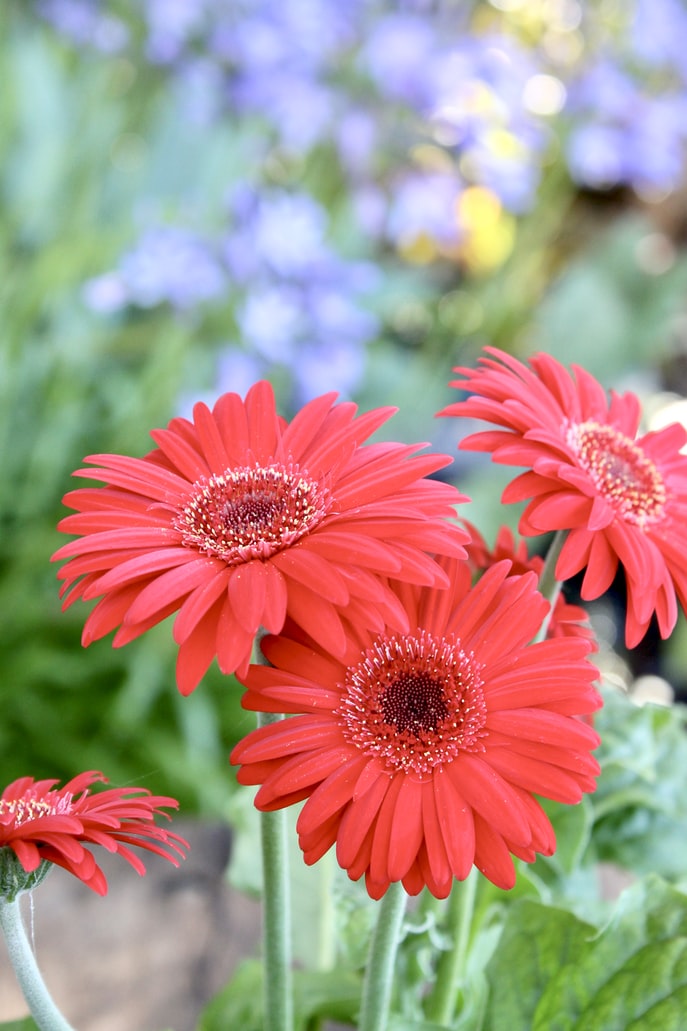
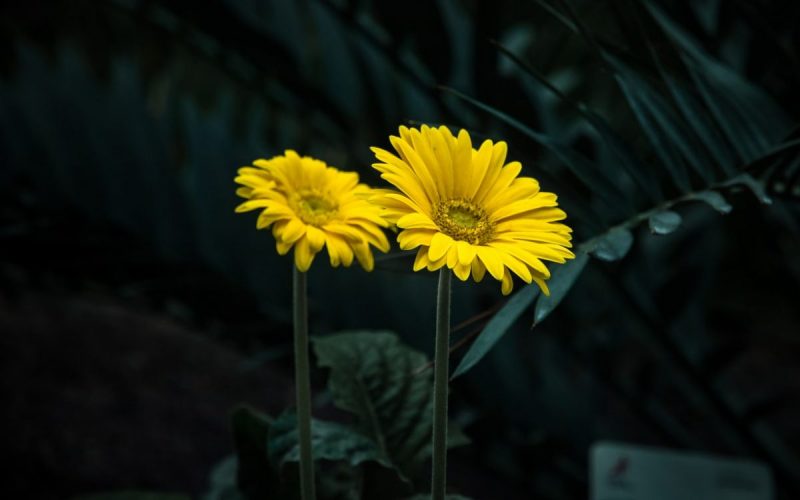
Care
Light. Gerbera is a light-loving plant, and for optimal growth, it needs about 5-6 hours of sunlight a day. It can be placed near a window where it can benefit from plenty of light, but behind a fine curtain, in order to protect it from direct sunlight.
Temperature. It prefers a well-ventilated room, with optimal temperatures of 22-24° C during the day and 13-16° C at night. In winter, during the dormancy period, the Gerbera needs a cooler room, with temperatures of 10-12° C.
Substrate. It is recommended to use a fertile and light substrate, which drains the water well. It can be made of peat and sand, in equal parts, enriched with good quality compost. Gerbera likes a substrate with a pH of 6-7.
Recommended products
-
You can find products on a different store
Change Store -
You can find products on a different store
Change Store -
You can find products on a different store
Change Store -
You can find products on a different store
Change Store -
You can find products on a different store
Change Store -
You can find products on a different store
Change Store -
You can find products on a different store
Change Store -
You can find products on a different store
Change Store -
You can find products on a different store
Change Store -
You can find products on a different store
Change Store -
You can find products on a different store
Change Store -
You can find products on a different store
Change Store -
You can find products on a different store
Change Store -
You can find products on a different store
Change Store -
You can find products on a different store
Change Store -
You can find products on a different store
Change Store -
You can find products on a different store
Change Store -
You can find products on a different store
Change Store -
You can find products on a different store
Change Store -
You can find products on a different store
Change Store -
You can find products on a different store
Change Store -
You can find products on a different store
Change Store -
You can find products on a different store
Change Store -
You can find products on a different store
Change Store
Watering. Watering during the periods of growth and flowering must be done so that the soil remains moist, but never too wet. During the winter months, water should be added less often, leaving the soil to dry slightly before you water the plant again. Flowers and flower buds should not be sprayed with water. It is recommended to use water at room temperature, never cold and to empty the water from the tray after each watering.
Fertilization. It is recommended to use a universal liquid fertilizer during the growth and flowering period. Slow-release fertilizers can also be used in the form of bars or granules.
Recommended products
-
You can find products on a different store
Change Store -
You can find products on a different store
Change Store -
You can find products on a different store
Change Store -
You can find products on a different store
Change Store -
You can find products on a different store
Change Store -
You can find products on a different store
Change Store -
You can find products on a different store
Change Store -
You can find products on a different store
Change Store -
You can find products on a different store
Change Store -
You can find products on a different store
Change Store -
You can find products on a different store
Change Store -
You can find products on a different store
Change Store -
You can find products on a different store
Change Store -
You can find products on a different store
Change Store -
You can find products on a different store
Change Store -
You can find products on a different store
Change Store -
You can find products on a different store
Change Store -
You can find products on a different store
Change Store -
You can find products on a different store
Change Store -
You can find products on a different store
Change Store -
You can find products on a different store
Change Store -
You can find products on a different store
Change Store -
You can find products on a different store
Change Store -
You can find products on a different store
Change Store
Repotting. Gerbera should be transplanted every year, in autumn, when the plant enters the dormancy period. This procedure must be done carefully so that the roots are not affected.
Pruning
It should be done after the flowers wither, while the dried leaves at the base should be cut.
Propagation
Propagation can be done through seeds, which germinate in 2-3 weeks. The optimal period is February-March, and the temperature required for germination is 25° C. In their first year of life, the plants will not have abundant flowering, and they will produce more flowers as they mature. Gerbera can also be propagated by separating young seedlings that already have a bud in March-April.
Recommended products
-
You can find products on a different store
Change Store -
You can find products on a different store
Change Store -
You can find products on a different store
Change Store -
You can find products on a different store
Change Store -
You can find products on a different store
Change Store -
You can find products on a different store
Change Store -
You can find products on a different store
Change Store -
You can find products on a different store
Change Store -
You can find products on a different store
Change Store -
You can find products on a different store
Change Store -
You can find products on a different store
Change Store -
You can find products on a different store
Change Store -
You can find products on a different store
Change Store -
You can find products on a different store
Change Store -
You can find products on a different store
Change Store -
You can find products on a different store
Change Store -
You can find products on a different store
Change Store -
You can find products on a different store
Change Store -
You can find products on a different store
Change Store -
You can find products on a different store
Change Store -
You can find products on a different store
Change Store -
You can find products on a different store
Change Store -
You can find products on a different store
Change Store -
You can find products on a different store
Change Store
Pests and diseases. It can be attacked by whiteflies, aphids, mites, or thrips. In conditions of high humidity and incorrect watering, it can be affected by fungal diseases such as Botrytis or Pythium, which are manifested through the appearance of black spots on the leaves.
In addition:
- the lack of flowers can be caused by insufficient light and too high temperatures.
- leaf discoloration can be a cause of nutrient deficiency.
- if the plant produces smaller and smaller leaves, it must be transplanted.
- advice! when purchased, the plant must have a rich foliage and flower buds.














































































































































































































































































































































































































































